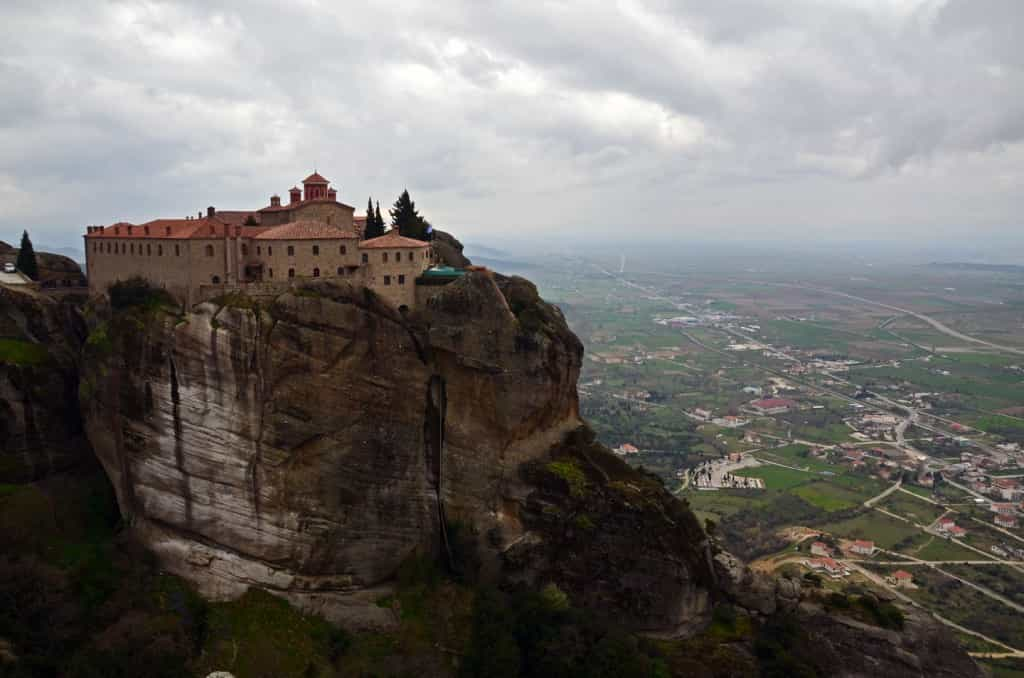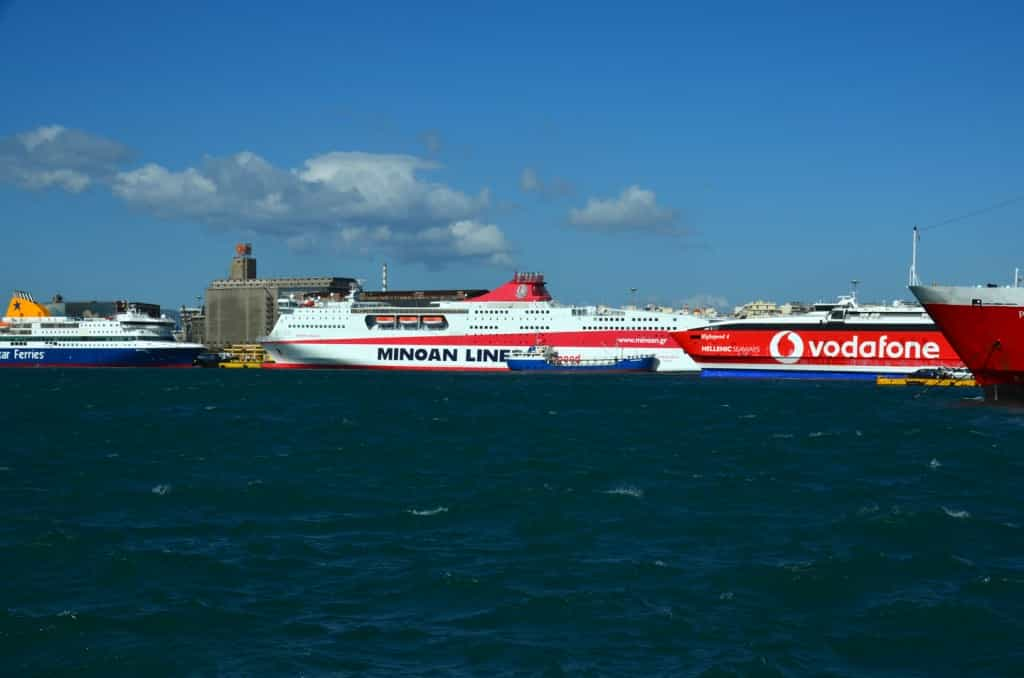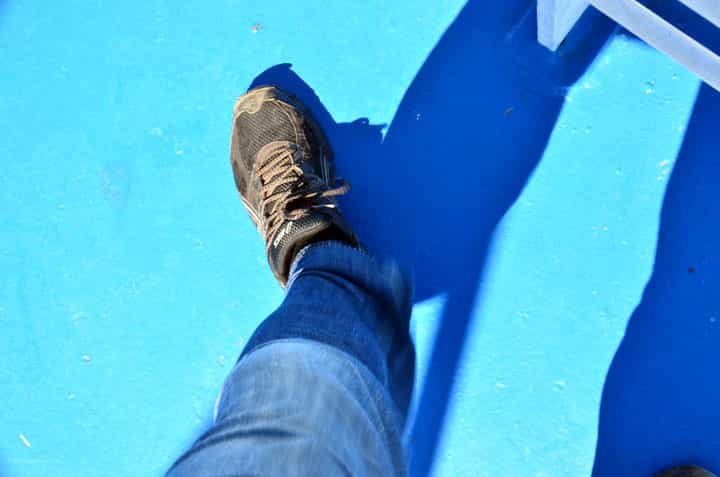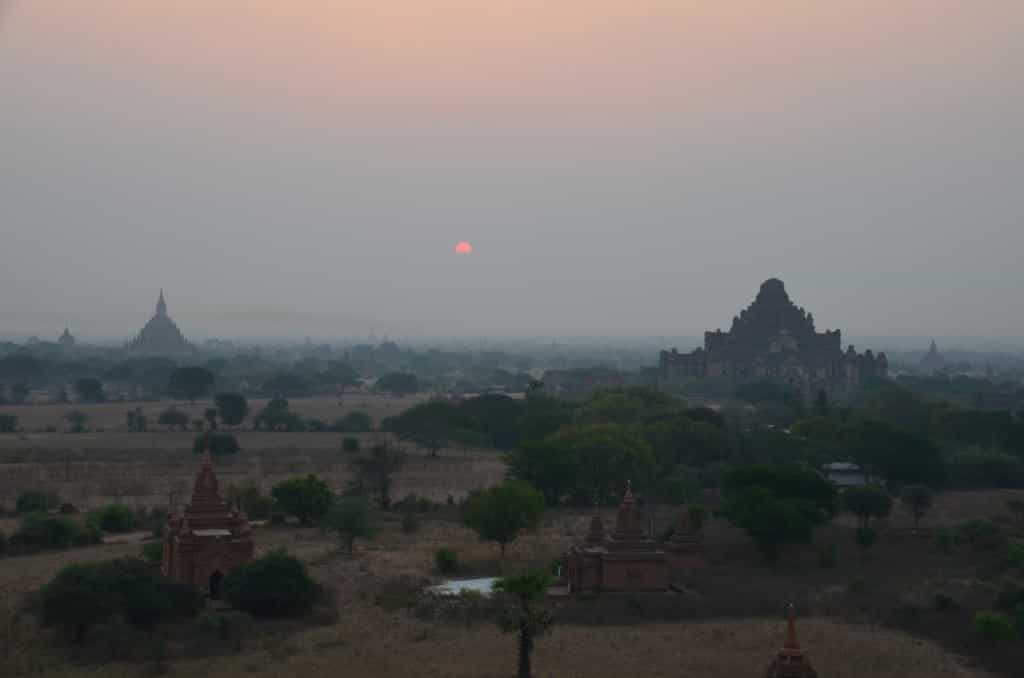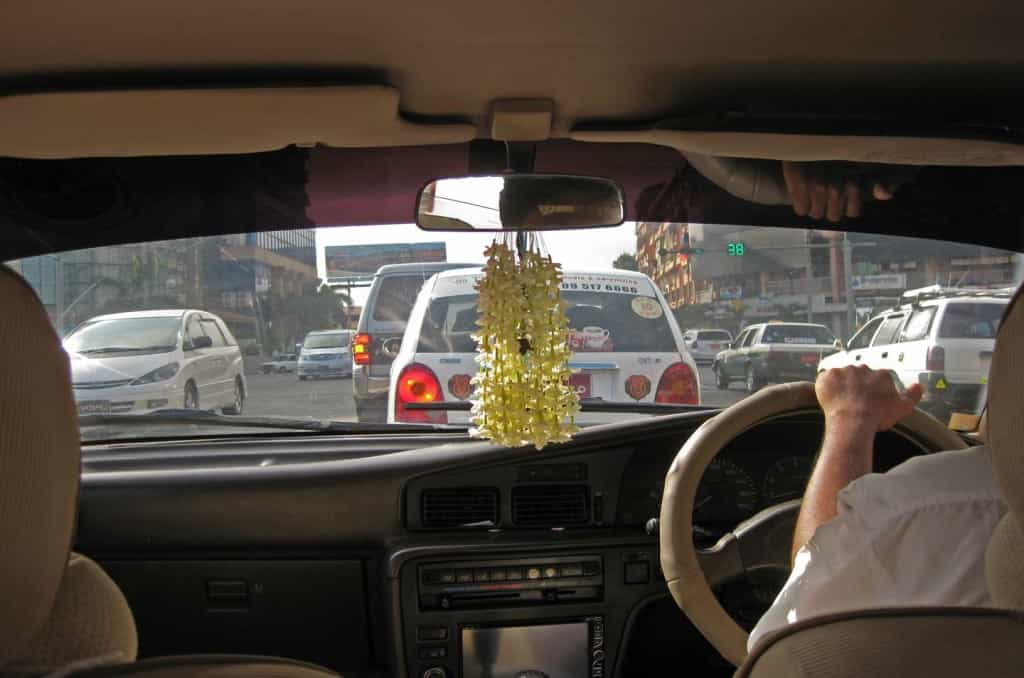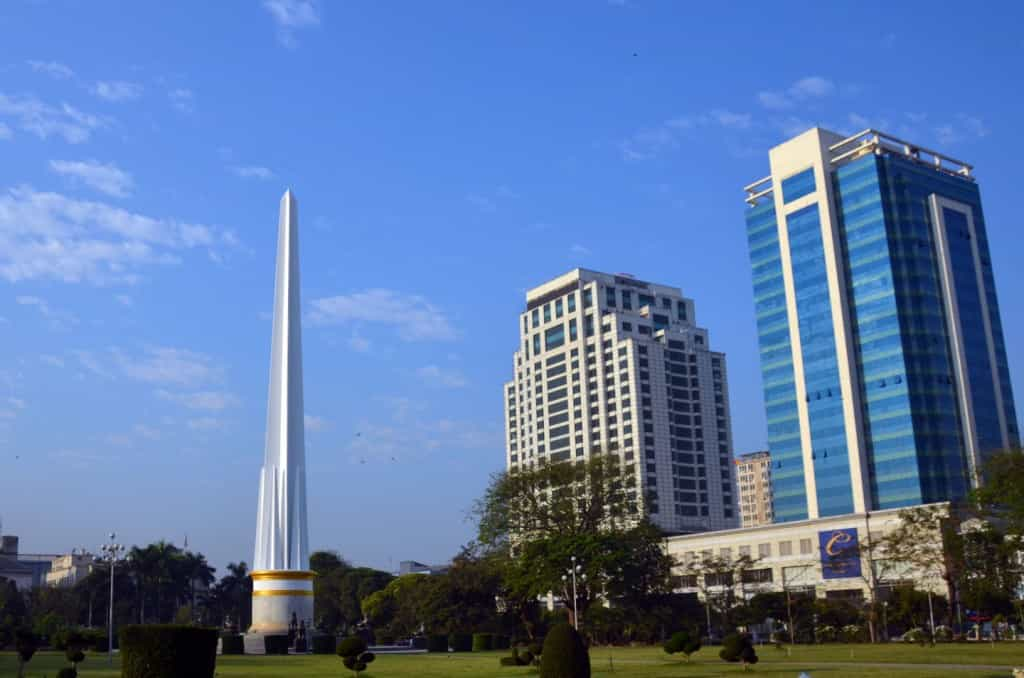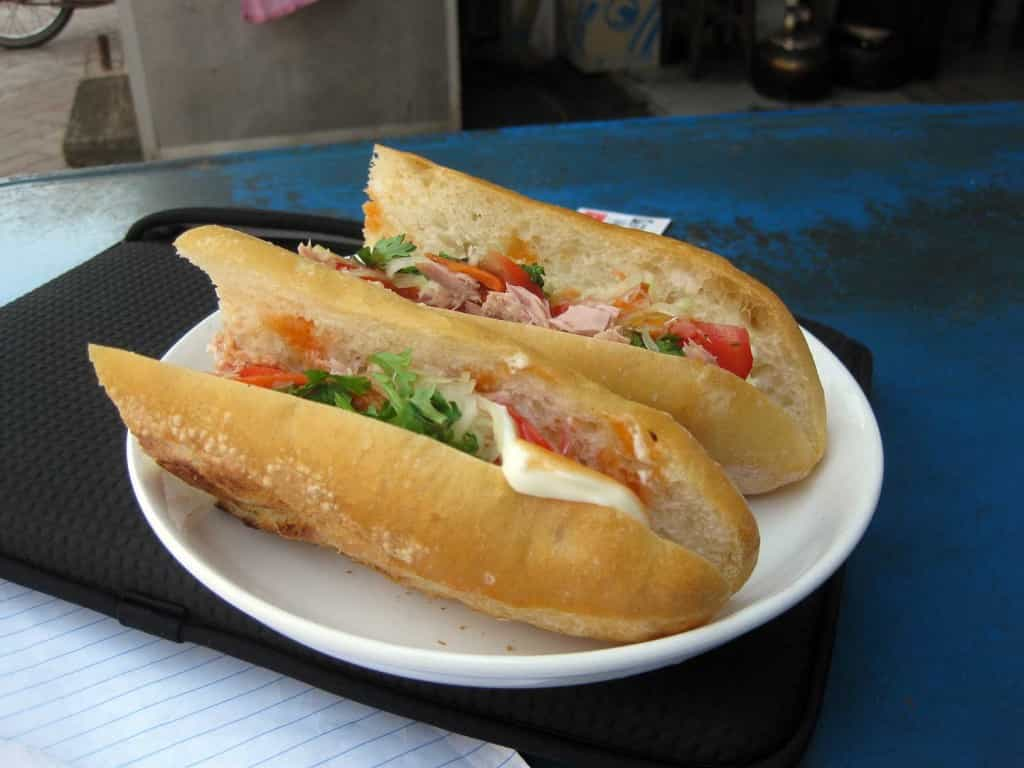My next stop in Greece was to the site of Meteora. where a number of mountain top monasteries were build starting in the 14th Century (although monks have been living in the area since the 9th Century). The monasteries are surrounded by the village of Kastraki and the town of Kalambaka. From access to restaurants, cafes, etc, stay in town, for proximity to the monasteries stay in the village (although you can still easily walk from the town to the monasteries).
I had seen nice pictures of the site but I must say when I got there, even the city map was impressive. This was a billboard map and I didn’t have one myself. However, I thought the little dotted line path to the top would likely be more interesting than walking alongside the road, and I went for it. I just hoped it wouldn’t be too hard to find or follow without a proper map.
As it turns out, elite commando skills were not required to navigate this route.
The first Monastery, Agios Stephanos (St Stephen), built in the 16th Century, taken over by nuns after World War II.
Probably the easiest to get to, if you drive there. From the parking, a short walk will lead you to a little stone bridge and you are there. I figured that I would get bored visiting the interior of all the monasteries, so I skipped the first one.
Nearby Agia Trias (Holy Trinity, 15th Century) is connected by a small cable car. I actually saw it in use and set-up the camera to get a good shot. As I pressed the shutter button the camera read “Shutter disabled – change battery”. By the time I did, the little cable car was gone. Continue reading



